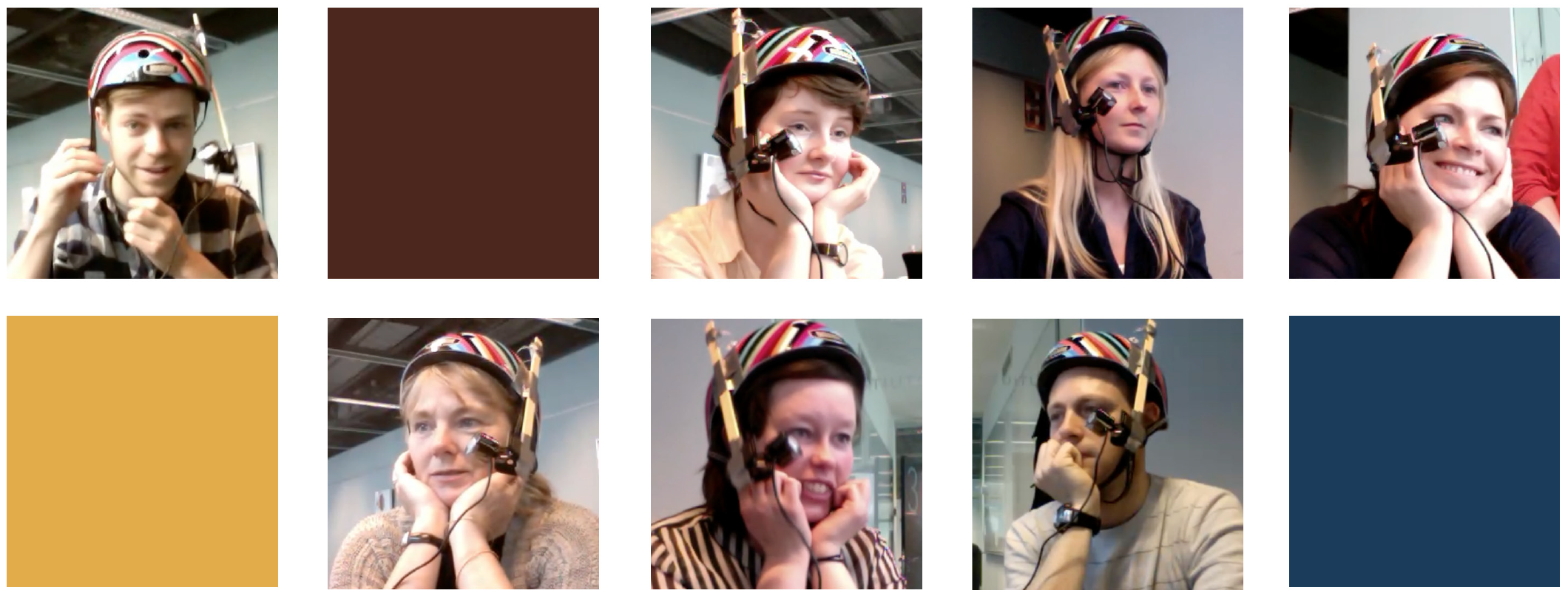In this research through design study we attempted to provide a glance into what the future of reading might be. Recent developments within reading has brought about the e-book, which is currently no more than text on a screen, mimicking its predecessor both in terms of experience and functions. We attempt to prototype what the future of reading might look like if eye-tracking was combined with the e-book, thus utilizing some of the many possibilities brought about by moving reading to the digital platform. We do not attempt to create a substitute for the book as we are aware that the two will always have different affordances, which will be preferred in different contexts.
Contrarily, we are trying to discover what types of experiential qualities this new combination of technology might bring to the reader, and what it does to the act of reading. This study thus has a focus on the reader of the combination, which has been neglected by the research community.
The study has been carried out through a series of methods, all leading to the creation of two prototypes. First, a workshop with an author was held, as a brainstorm for the kinds of possibilities the combination afforded. In the workshop two stories were made as the outcome of a design game. These stories were then made into storyboards in an iterative approach to choose the right possibilities to test in the prototypes. It was chosen to move on with the idea of augmenting the text using visual effects and illustrations.
Two prototypes were made, each testing a different perspective on the technology combination: One testing how the visual effects could be used passively around the text, and one testing how the visual effects actively could become part of the story. The text and illustrations had responsive elements hidden in them, which meant that the reader triggered responses when reading the text or looking at the illustrations in the two prototypes. Examples of responses include: interaction with an illustration, a visual effect in the text, or simply triggering the next part of the story.
Seven readers in total tried the prototypes. Afterwards they were interviewed about their experiences of using the combination of technology, and about what reading in such a way did to their experience of the story and their experience of their reading.
The technology combination was found to be a fun and engaging way to read, offering the readers value, which they could not have gotten when reading on paper. The readers felt more involved in the story, as if they were part of it. They felt engaged through their senses. They became playful readers, interacting with the story in a game-like manner. They saw the eye tracking as an embodied part of themselves and the technology was therefore taken very personally.
The study found that it indeed was possible to create reading experiences using eye tracking, though there were some challenges, which will need to be overcome, through technological development, if the eye tracking-e-book combination is to be relevant in the future.
The study concludes that reading in the future will be changed by the possibilities the combination offers, and that it can be rewarding and inspiring to know in which ways.
We hope that this project will inspire a focus in the research, which is more centered on the readers of the future.
